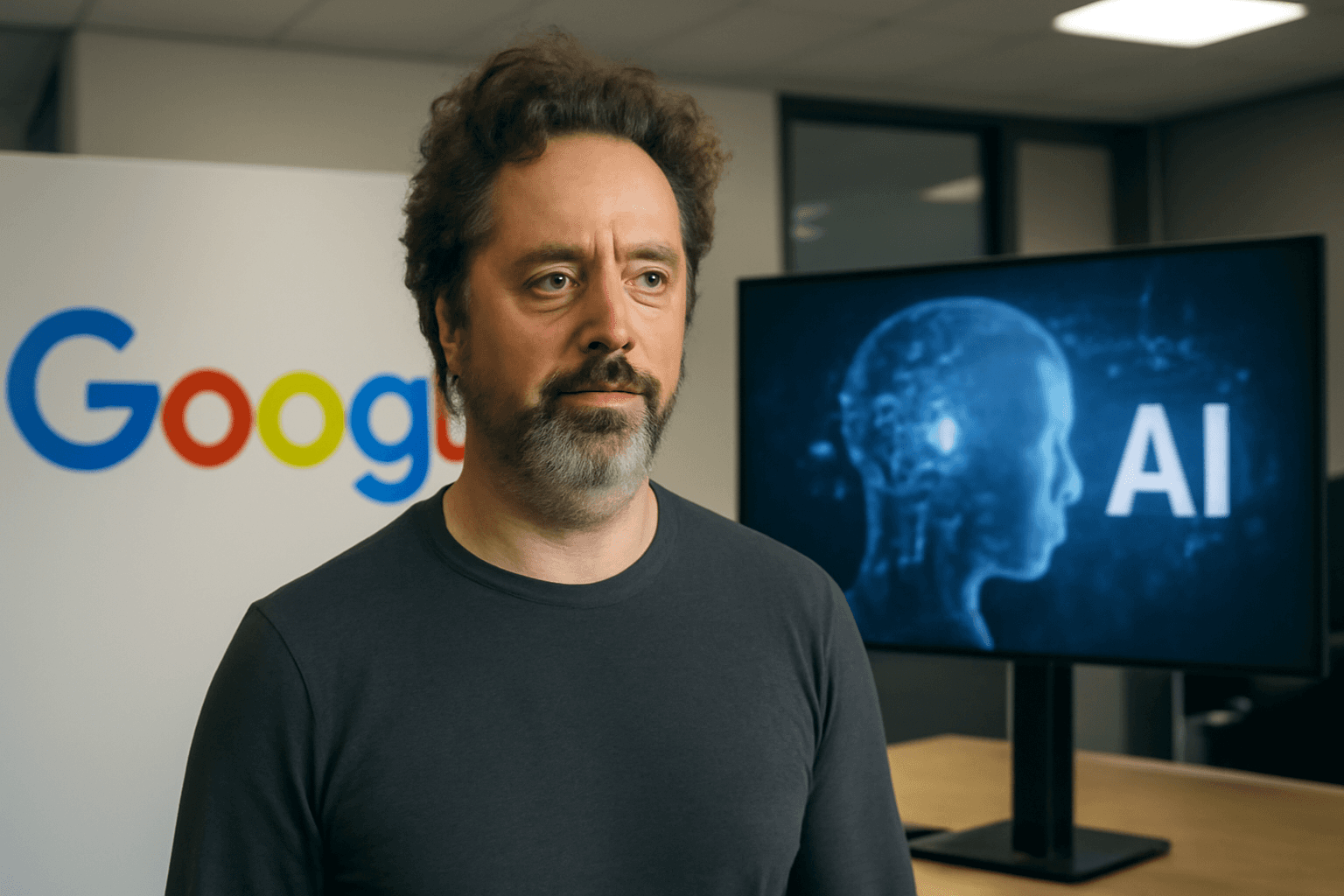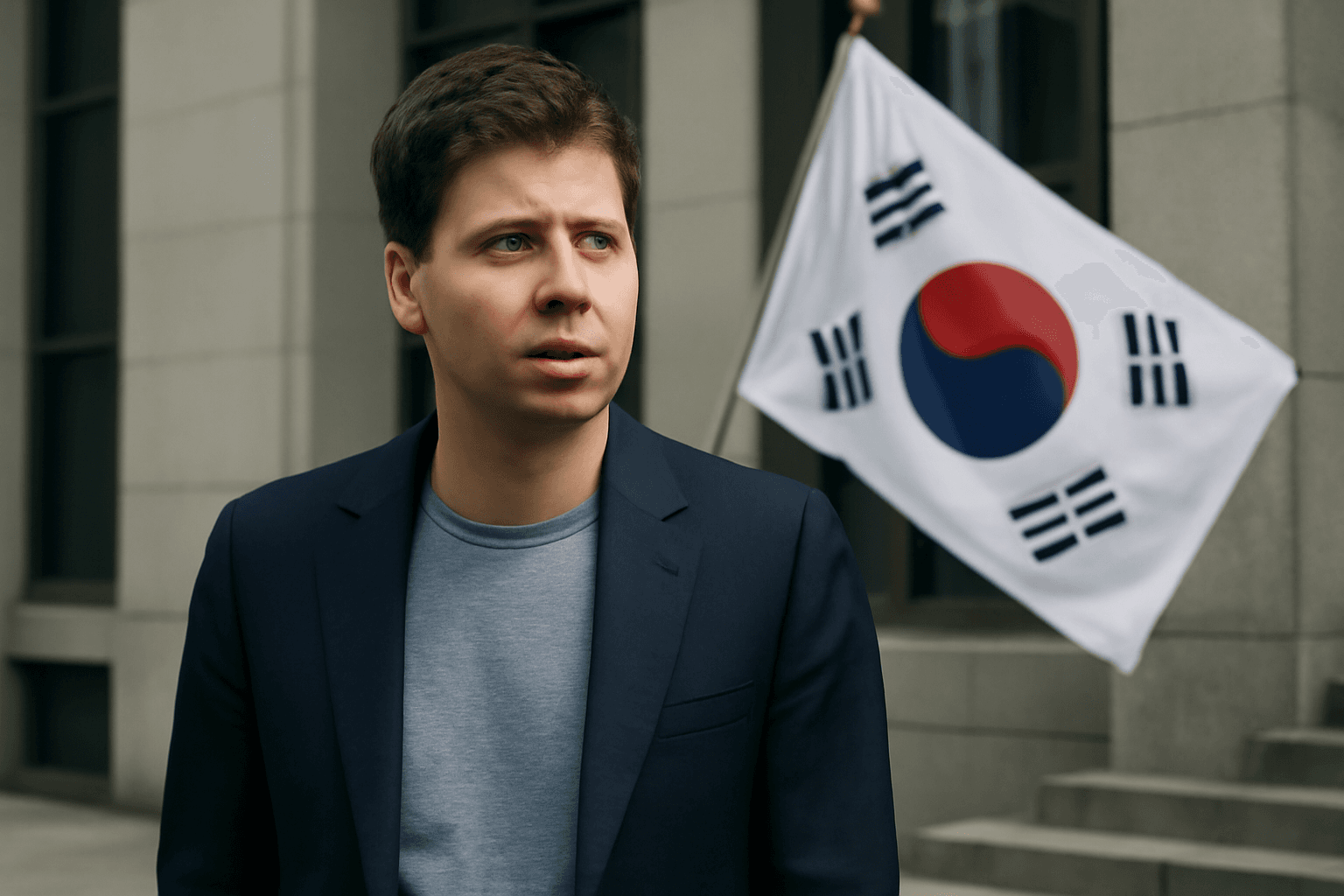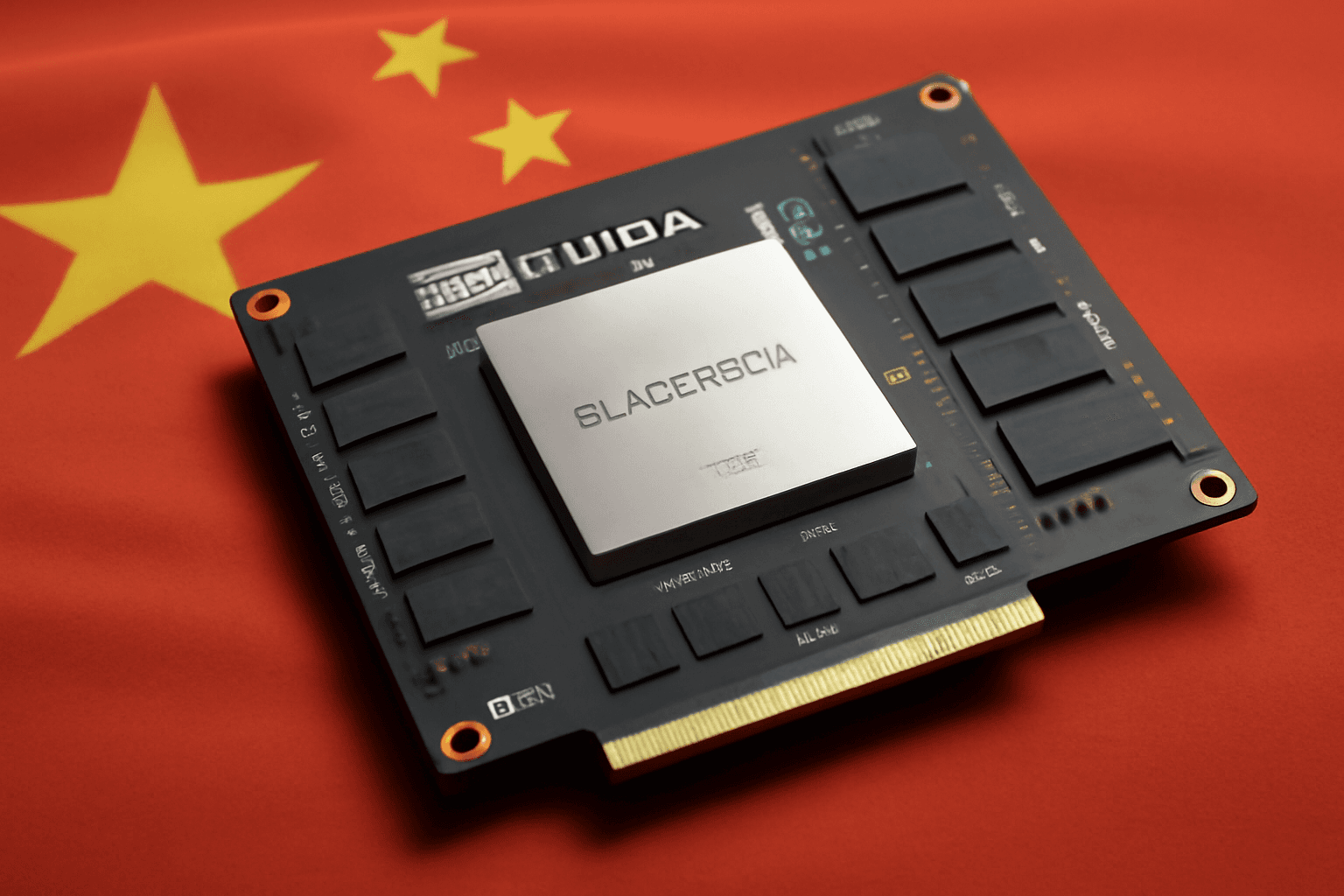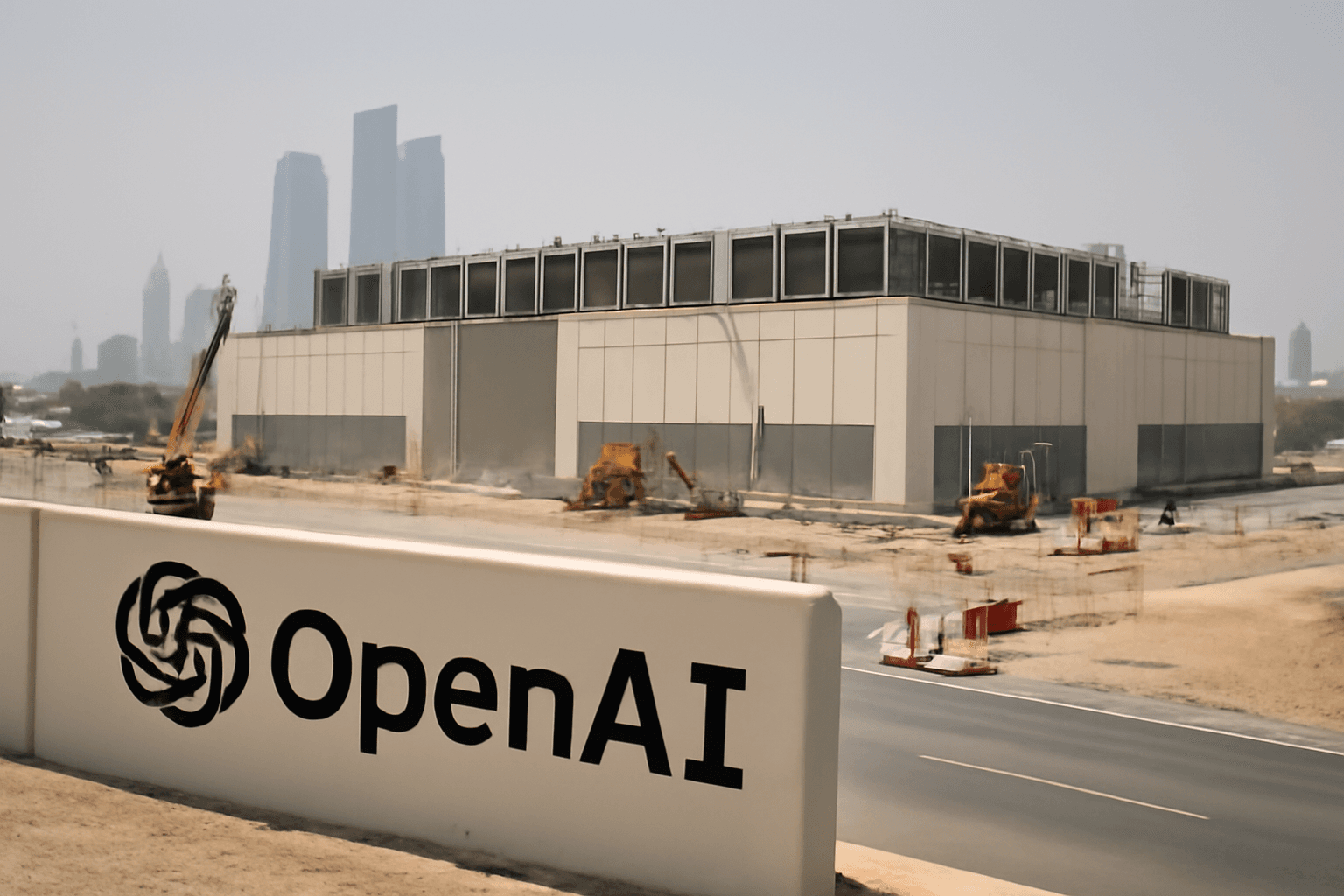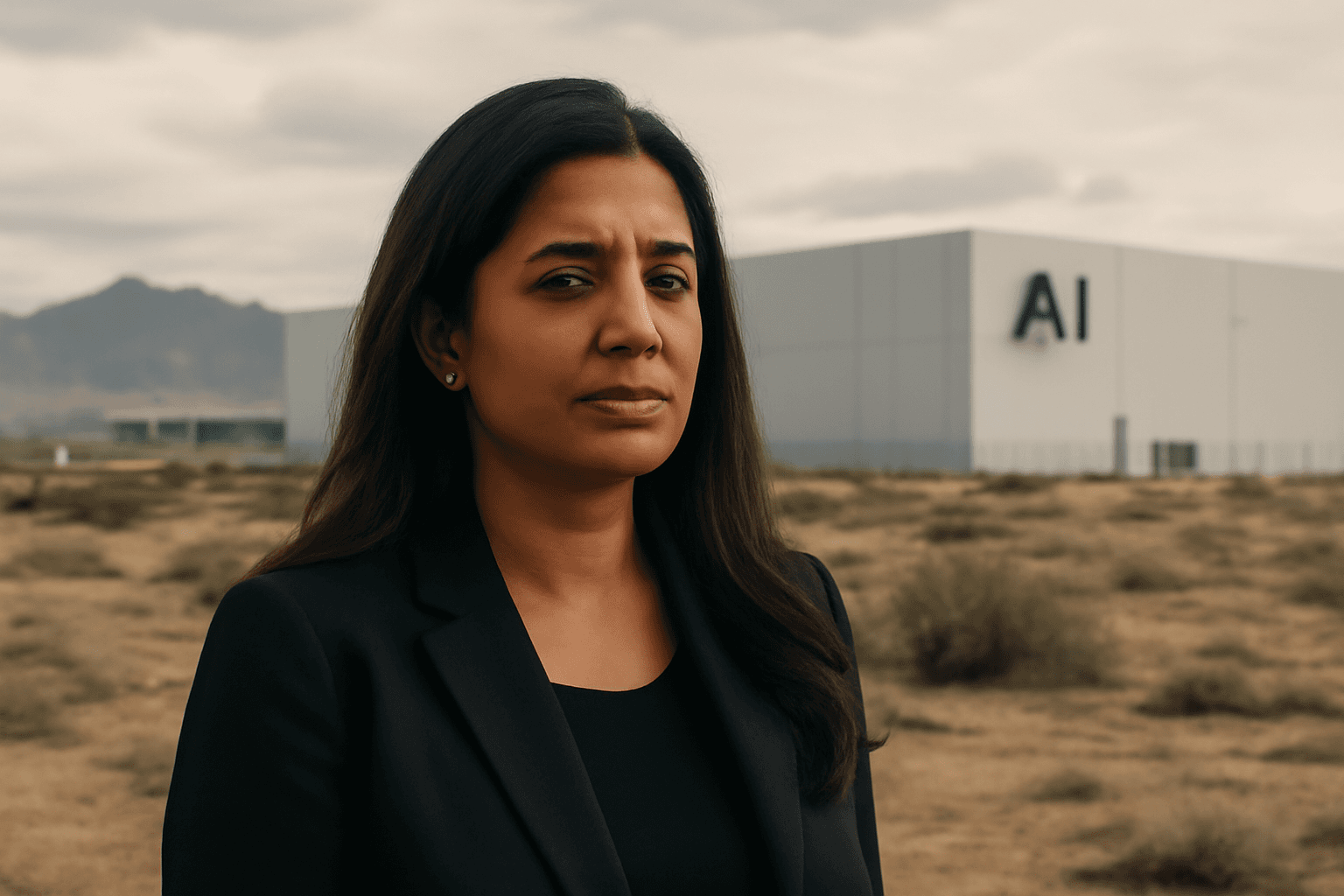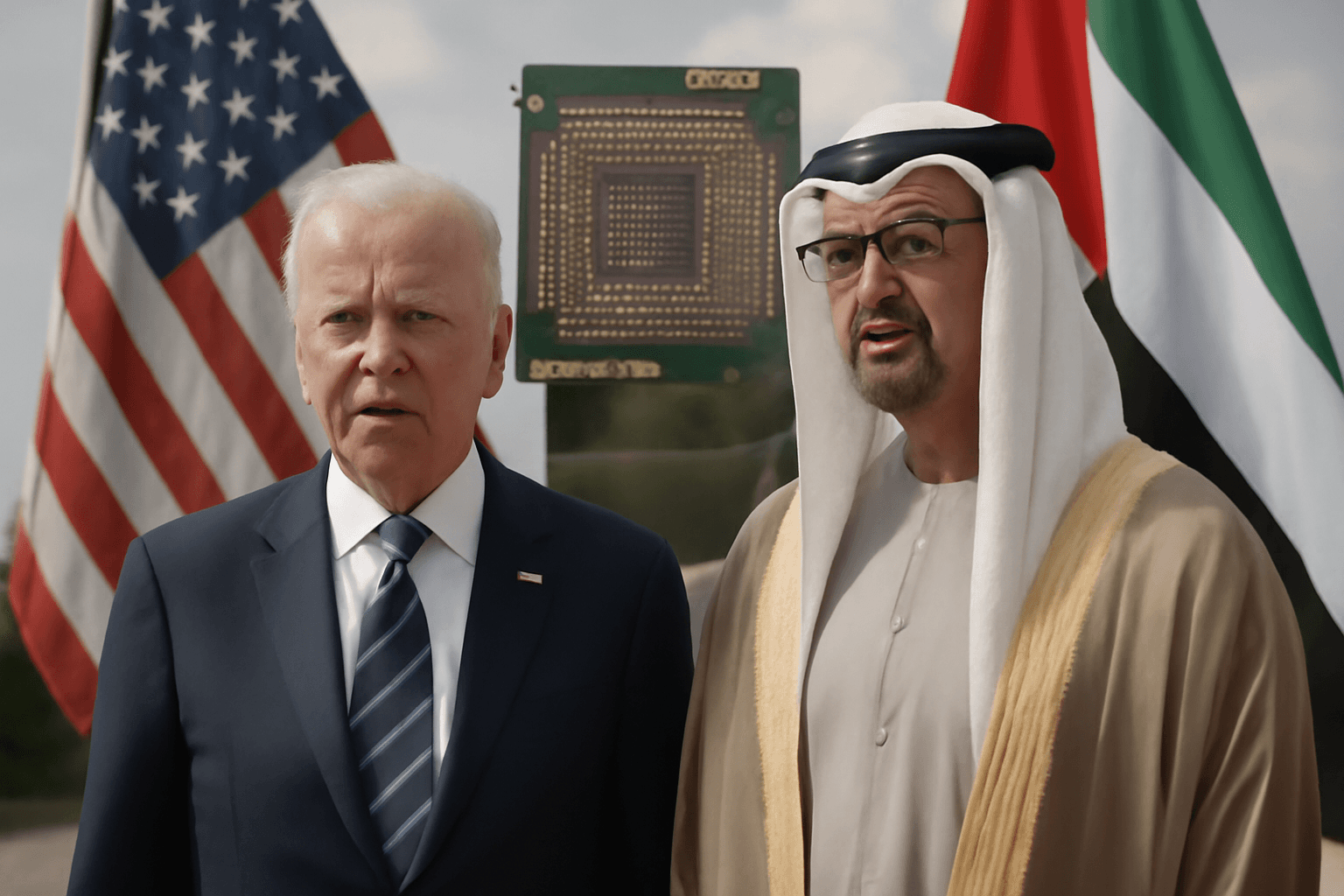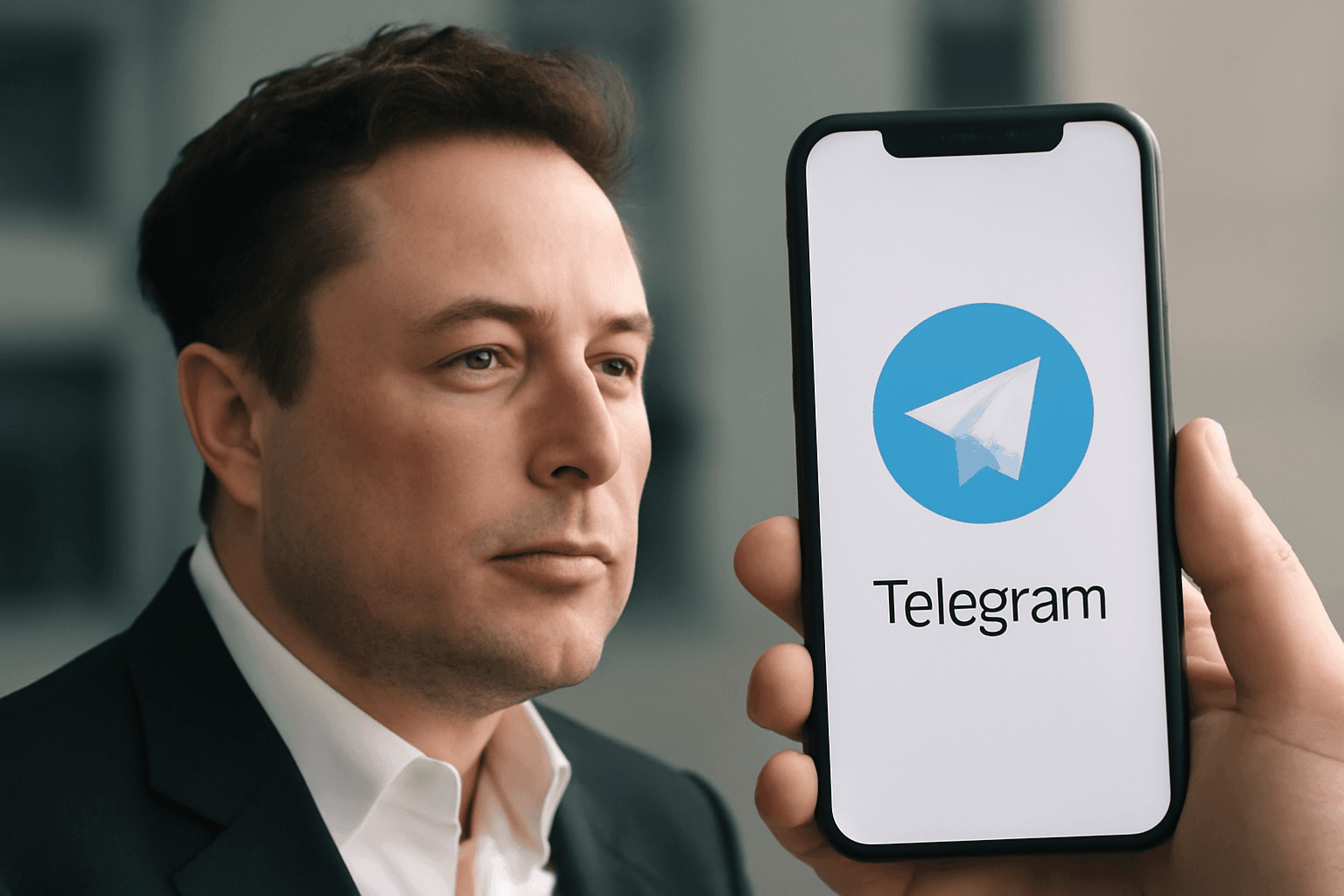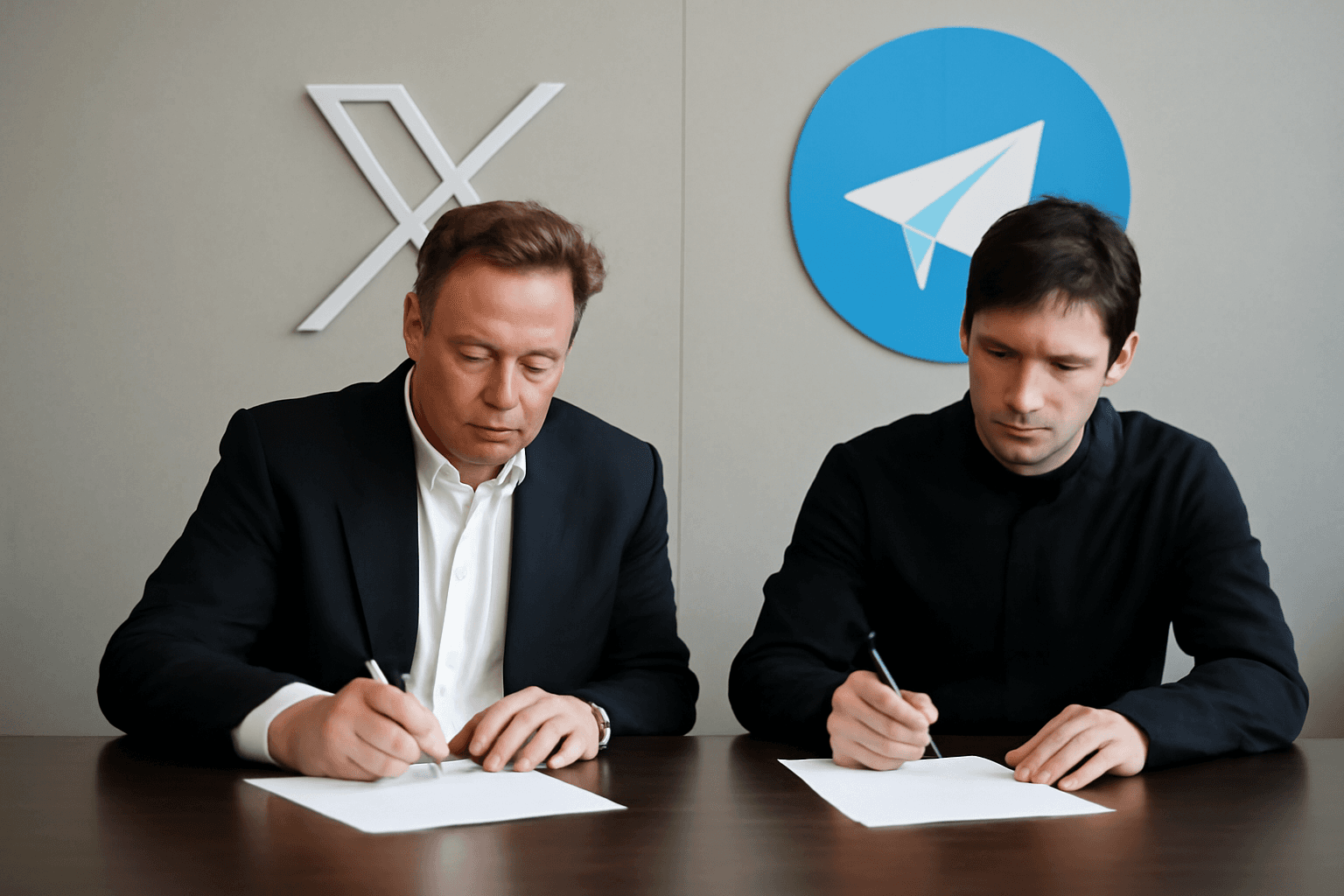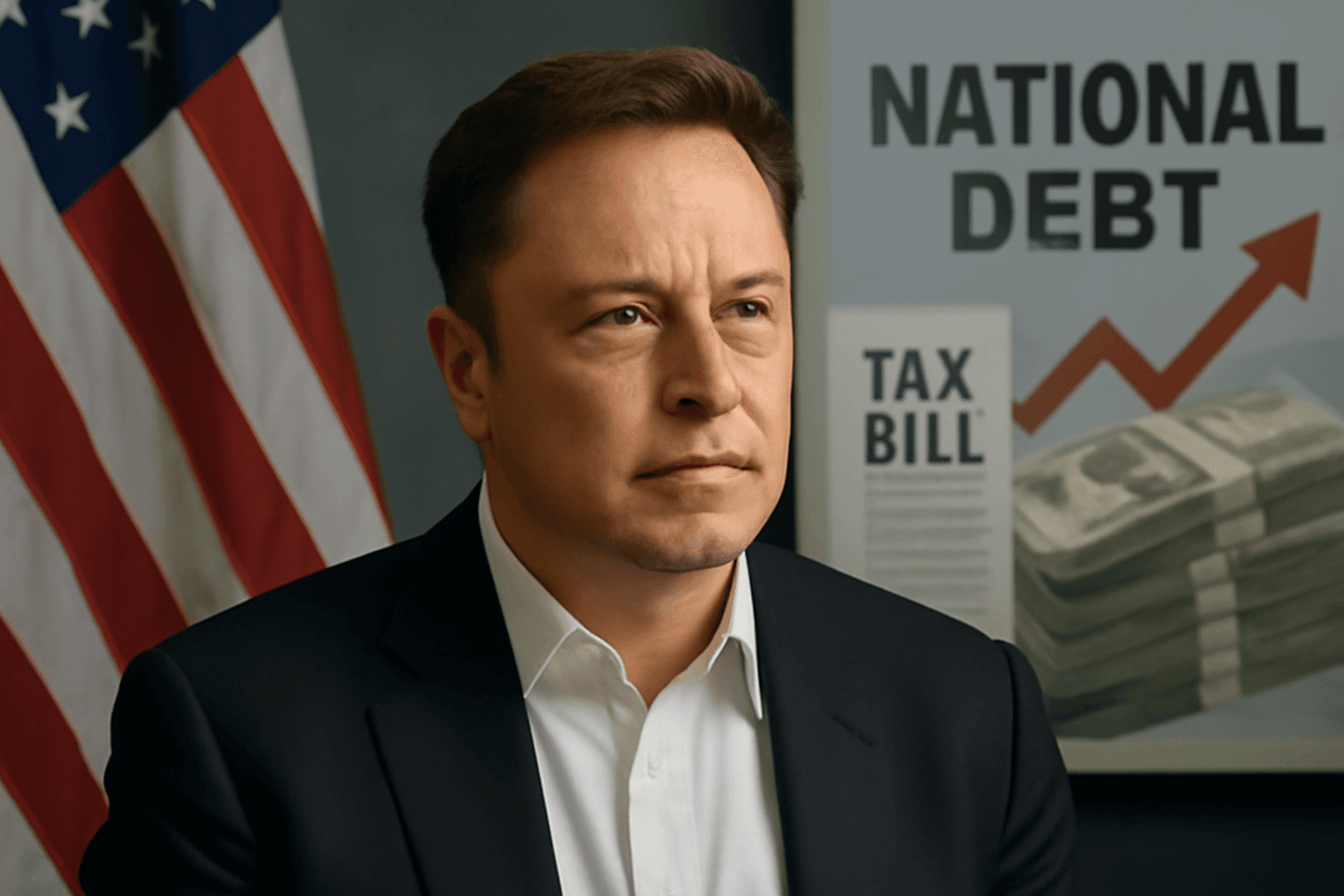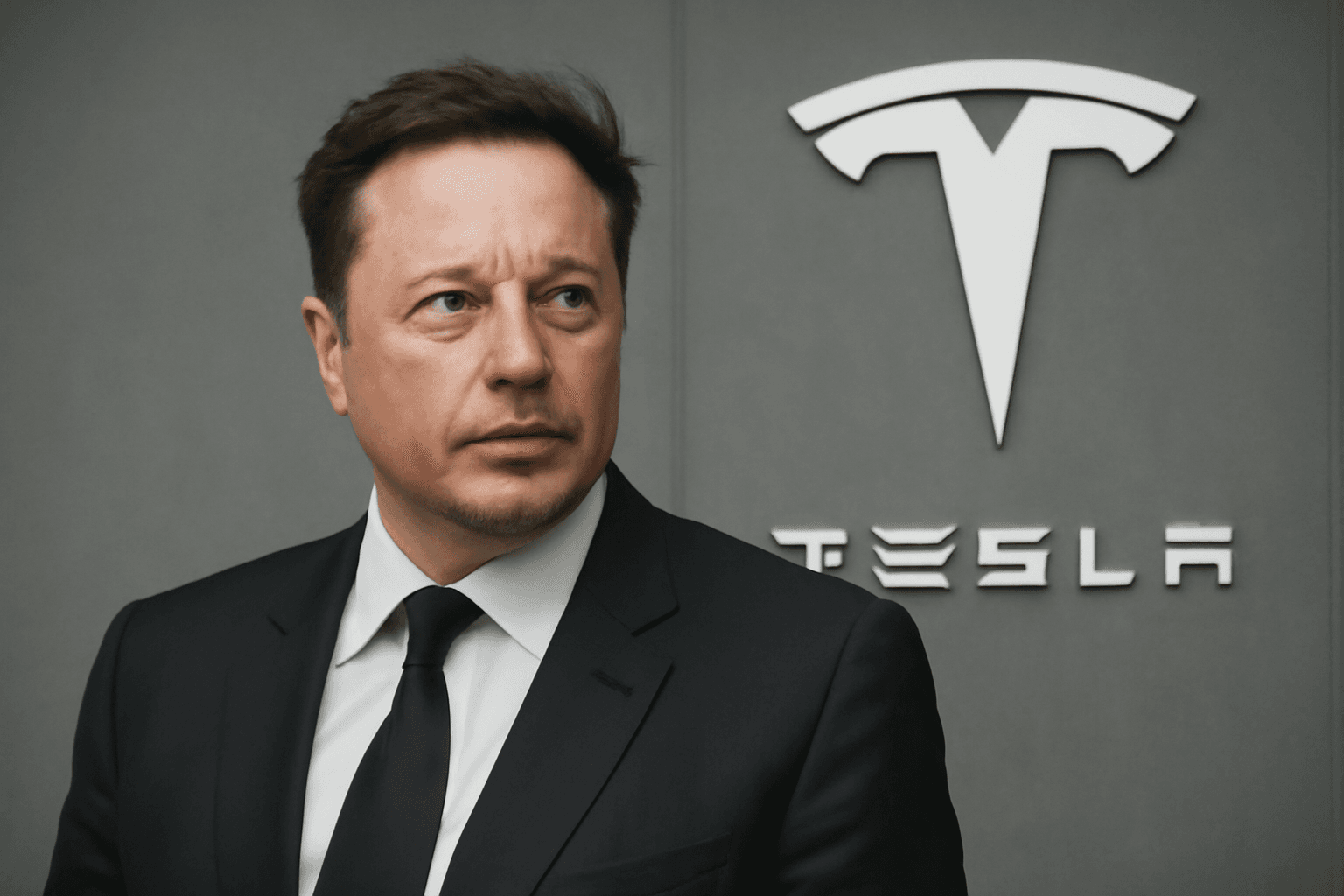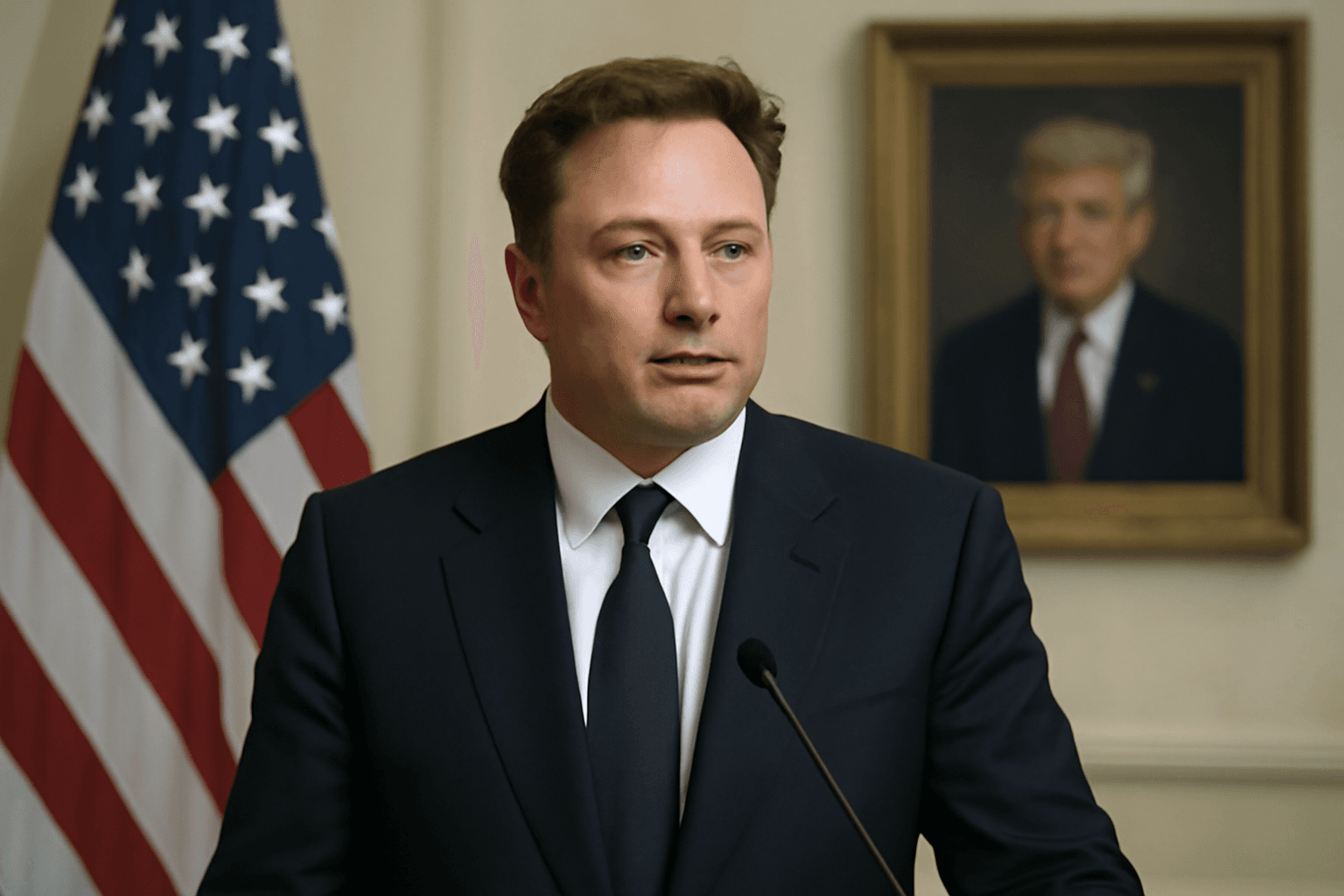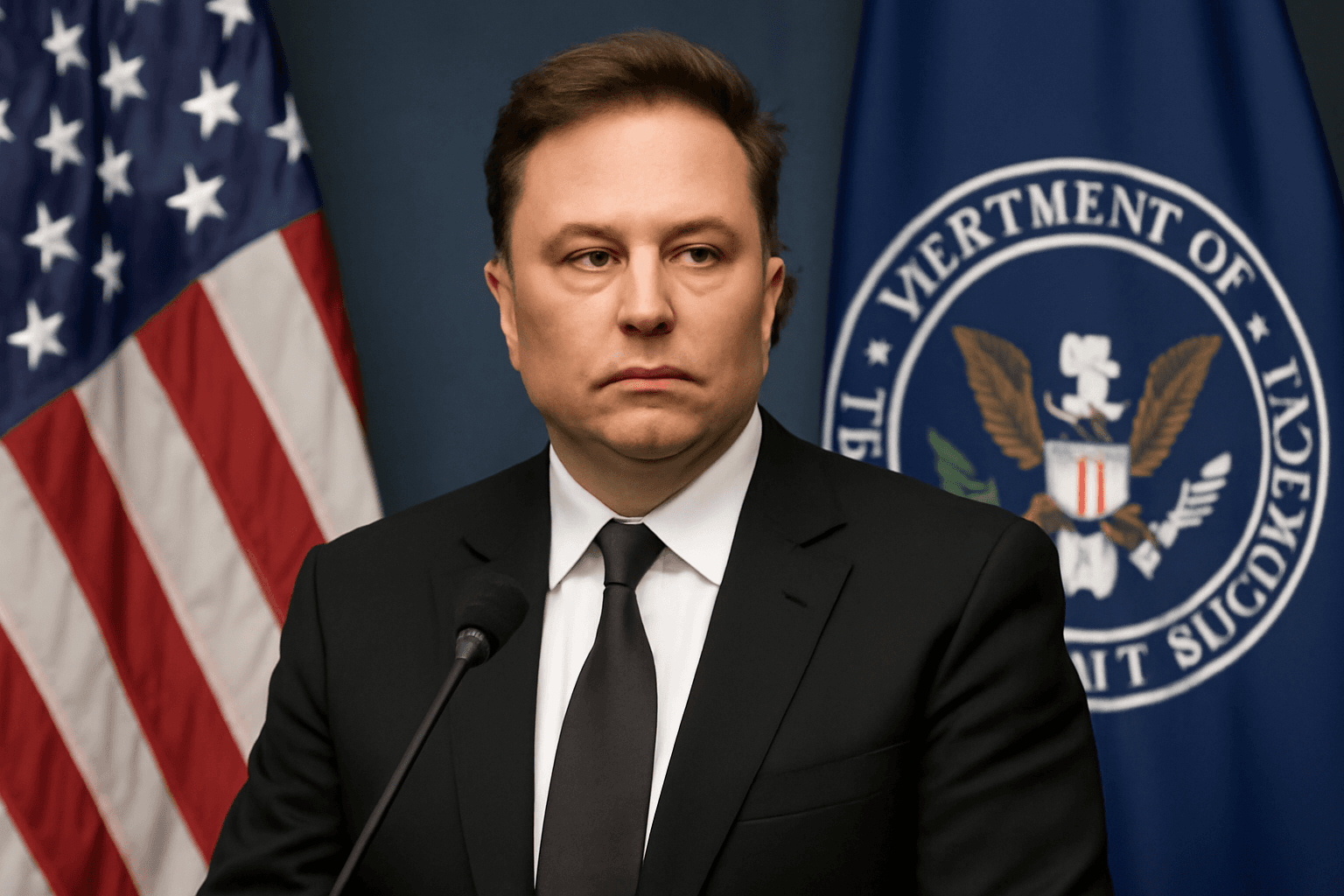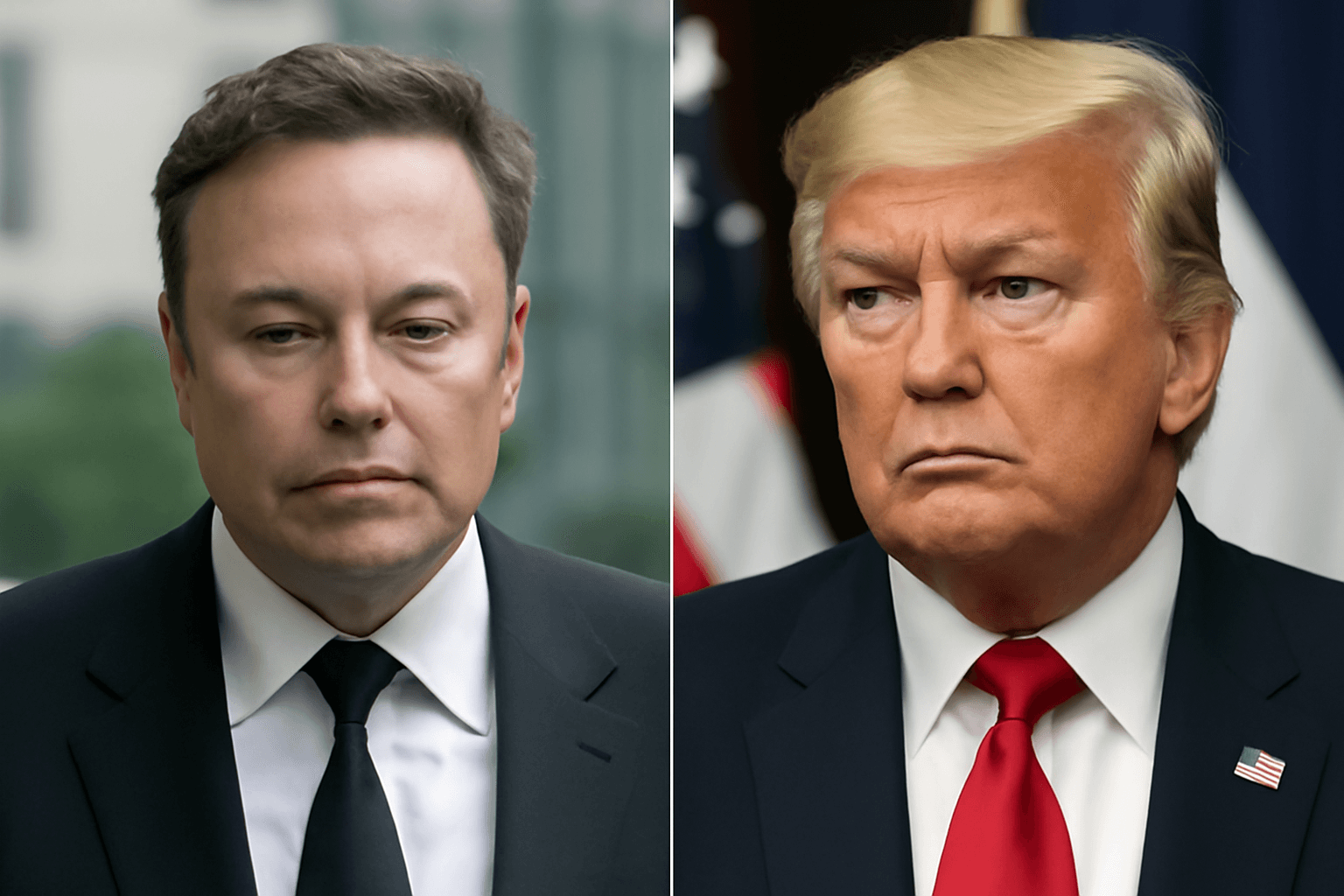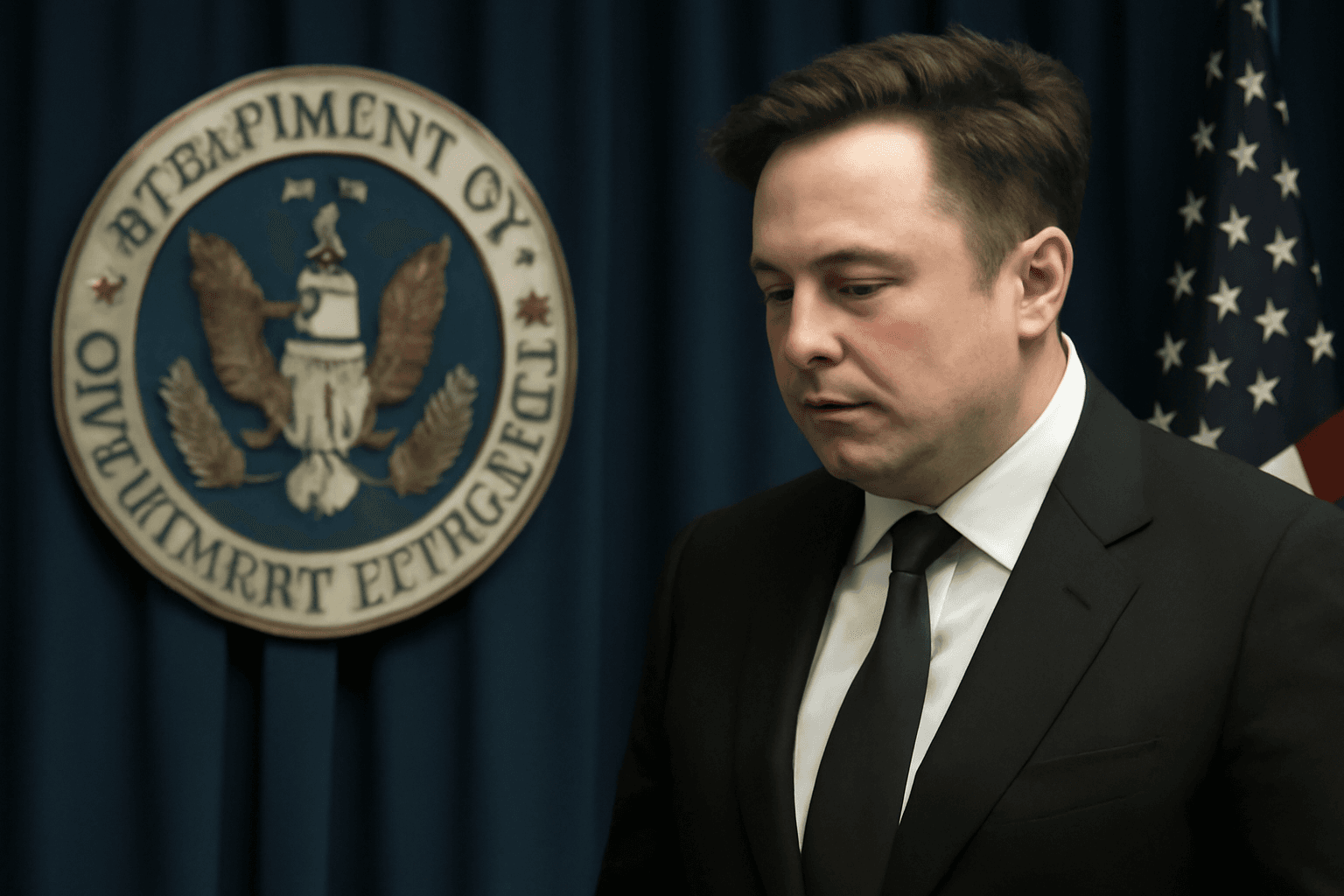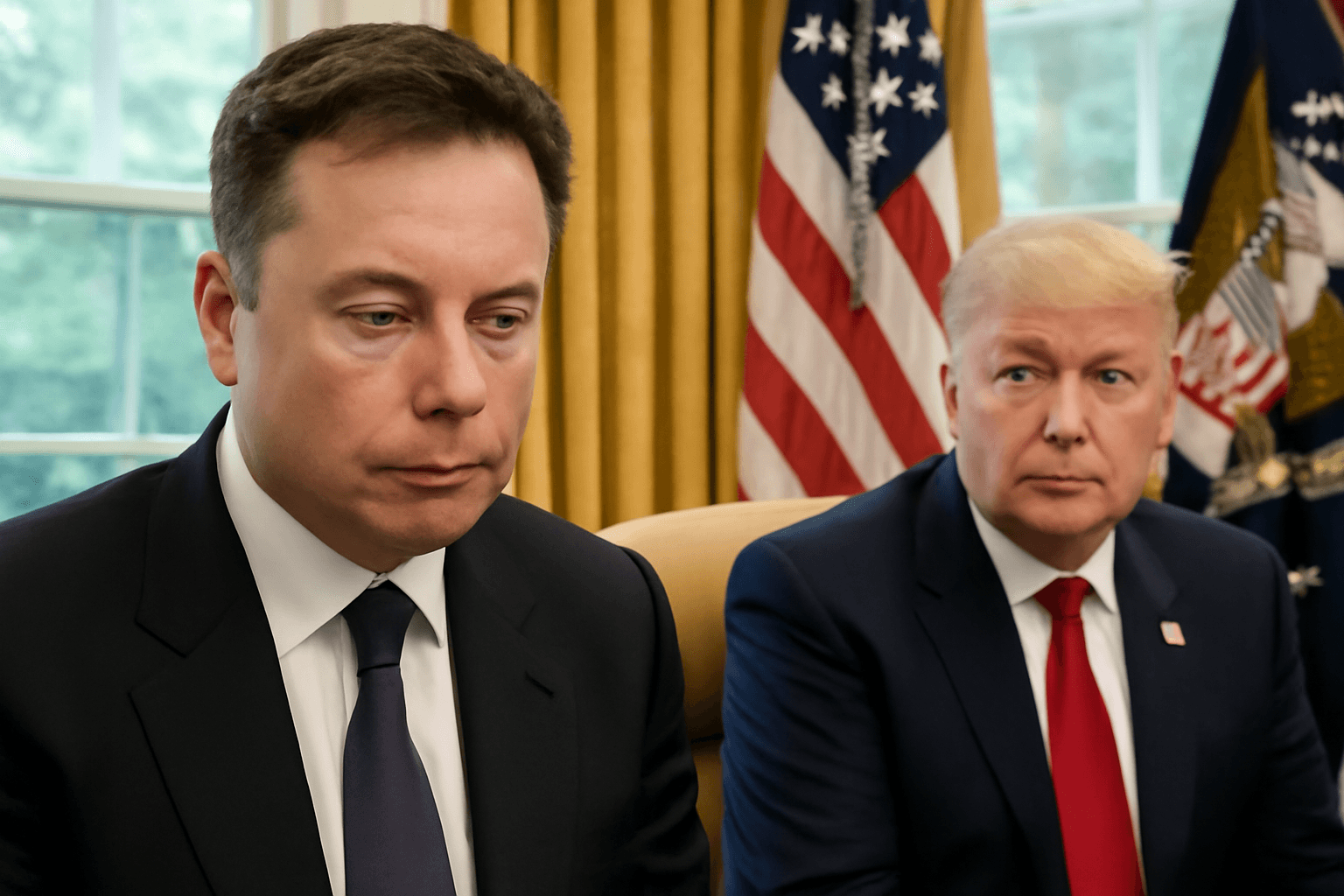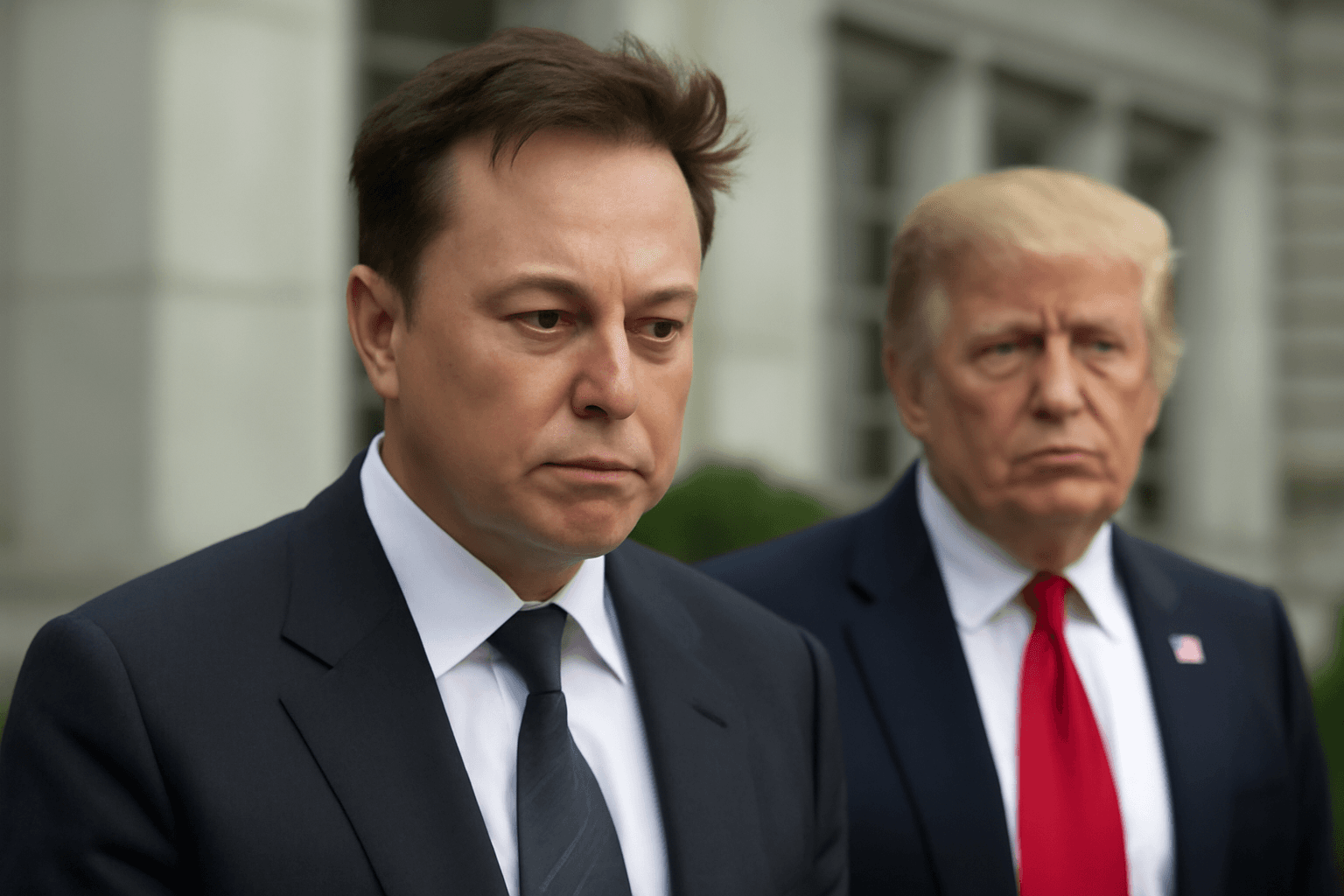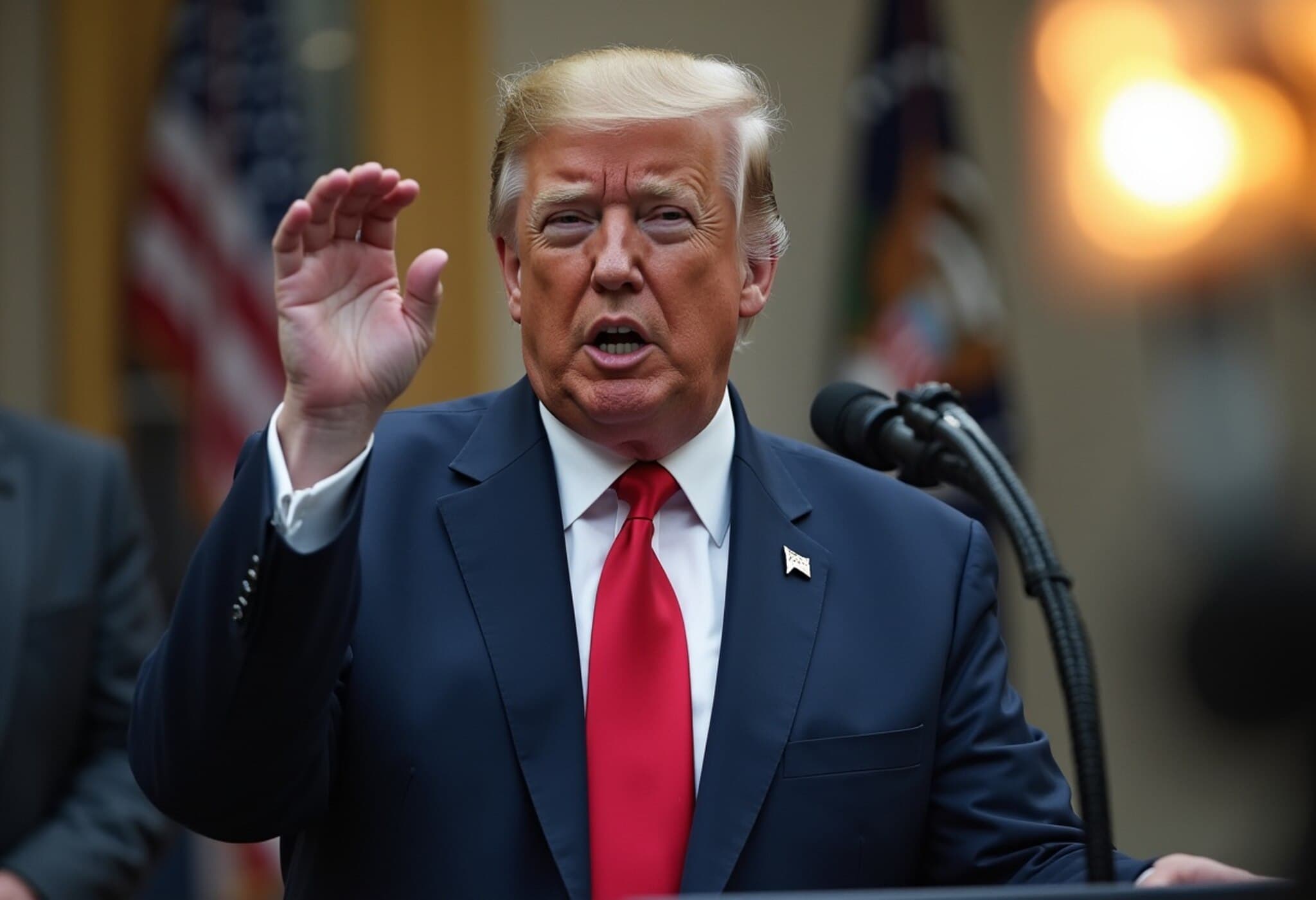Tesla Loses Key Hardware Engineer Behind Ambitious Dojo Supercomputer
In a significant shakeup within Tesla’s hardware division, Pete Bannon, the company’s Vice President of Hardware Design Engineering, has announced his departure. Bannon, a veteran who joined Tesla in 2016 after a notable tenure at Apple, played a crucial role in spearheading the development of Tesla’s Dojo supercomputer, a revolutionary platform aimed at advancing the company’s driverless vehicle ambitions.
Leadership Departure Signals Strategic Shifts for Tesla’s AI Aspirations
According to Bloomberg, which first revealed the news, Tesla CEO Elon Musk has ordered the disbandment of Bannon’s team, redistributing the engineers to other projects within the company. This move comes amid Musk’s broader vision to transform Tesla from primarily an electric vehicle manufacturer into a dominant player in artificial intelligence and robotics.
Dojo—a bespoke high-performance computing system designed to process vast amounts of video and sensor data collected from Tesla’s fleet—has been central to this vision. By enabling advanced training of AI models, Dojo is instrumental in driving Tesla’s efforts to perfect its driver-assistance technologies and ultimately fulfill Musk’s promise to convert Tesla vehicles into fully autonomous robotaxis.
Understanding Dojo’s Role and Broader AI Strategy
On the company’s July earnings call, Musk emphasized Tesla’s plans to scale Dojo to around 100,000 NVIDIA H100 GPU equivalents by next year—an ambitious leap underscoring Tesla’s commitment to internal chip development. Complementing this push, Tesla recently inked a $16.5 billion deal to produce more A16 chips domestically, signaling a strategic move towards in-house hardware control and supply chain resilience.
Tesla’s experimental Robotaxi services launched in Austin, Texas, and San Francisco offer a real-world proving ground for these technologies, albeit still requiring human oversight or drivers. While progress remains incremental, these pilot programs reflect a long-term bet on autonomous ride-sharing to redefine urban mobility.
Musk’s AI Ecosystem: Tesla vs. xAI
Musk also addressed how Tesla’s AI initiatives coexist alongside his recently launched xAI company. He drew a clear distinction: while xAI is focused on building large-scale artificial general intelligence (AGI) models spanning terabytes of data, Tesla’s AI efforts prioritize “real-world AI” applications tailored to automotive and robotic functions, using models significantly smaller by scale.
This delineation sheds light on Tesla’s dual approach: pushing the envelope on AI research through xAI while honing pragmatic, performance-driven AI systems within Tesla vehicles and products. Musk also acknowledged that recruiting engineers passionate about AGI to Tesla has been a challenge, motivating the formation of xAI.
Talent Exodus and Challenges Ahead
Bannon’s exit isn’t isolated. Tesla has seen a wave of senior personnel departures in 2025, including Milan Kovac, former head of Optimus robotics, David Lau, VP of software engineering, and Omead Afshar, Musk’s ex-chief of staff. This ongoing talent churn raises critical questions about Tesla’s ability to sustain momentum amid evolving strategic priorities and an increasingly competitive AI landscape.
Expert Insight: What This Means For Tesla’s Future
The departure of a key figure like Pete Bannon underscores the growing pains Tesla faces as it pivots toward becoming an AI-centric enterprise. The Dojo supercomputer, while promising, is an unprecedented undertaking blending hardware, software, and automotive innovation—a trifecta fraught with complexity.
From a policy perspective, Tesla’s push for domestic chip manufacturing aligns with broader U.S. efforts to reduce dependence on foreign supply chains, which have been spotlighted by recent geopolitical tensions. However, internal leadership turbulence could slow progress and affect investor confidence.
For Tesla enthusiasts and industry watchers, the question remains: can Tesla maintain its edge in AI hardware development while navigating talent challenges and Musk’s multifaceted vision? Observers will be watching closely to see how Tesla balances aggressive innovation with operational stability.
Looking Ahead
- Tesla’s Dojo supercomputer: Monitoring its rollout and real-world impact on autonomous driving.
- Talent retention strategies: How Tesla adapts to retain and attract AI and hardware experts amid a competitive market.
- AI strategy evolution: The interplay between Tesla’s automotive AI and Musk’s xAI ambitions.
- Regulatory and supply chain factors: The role of U.S. policies in fostering domestic chip production and innovation.
Editor’s Note
Tesla’s bold foray into AI and robotics is as challenging as it is visionary. Pete Bannon’s exit highlights the fragility of teams behind transformative projects like Dojo. It invites reflection on how companies can balance visionary ambitions with the practical realities of talent retention and technological execution. As Tesla accelerates toward an AI-driven future, the industry must ask: how will these internal shifts shape the next decade of automotive innovation?


